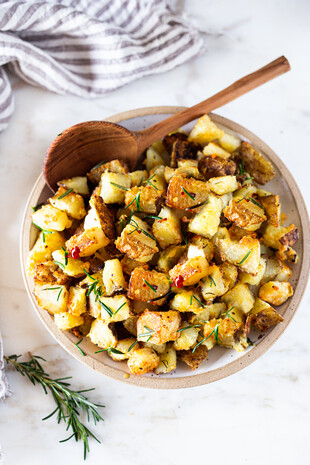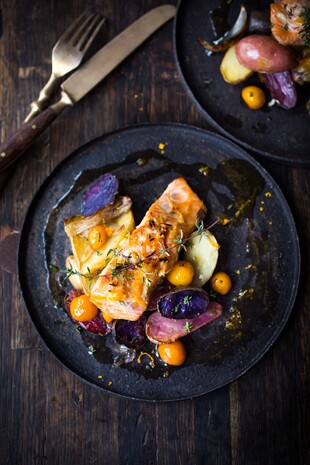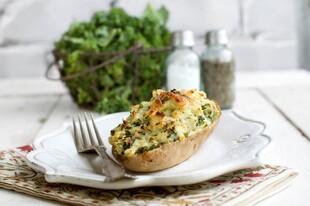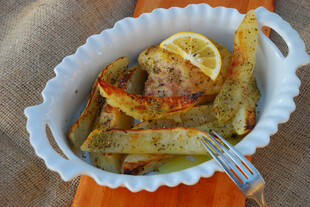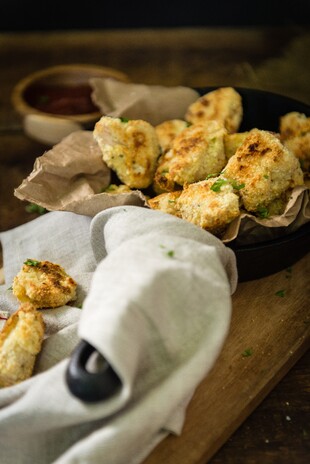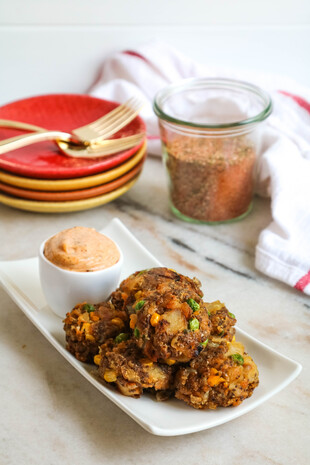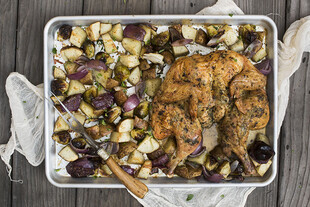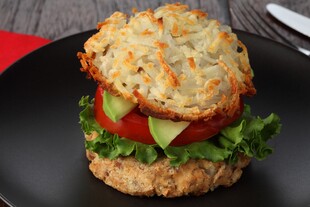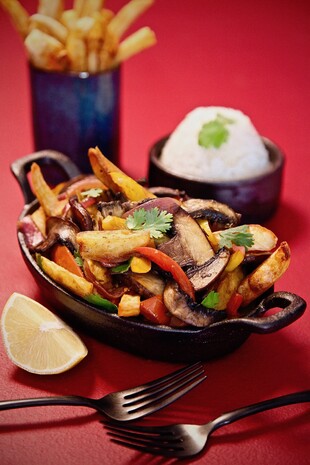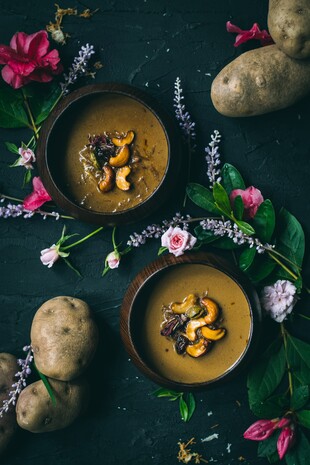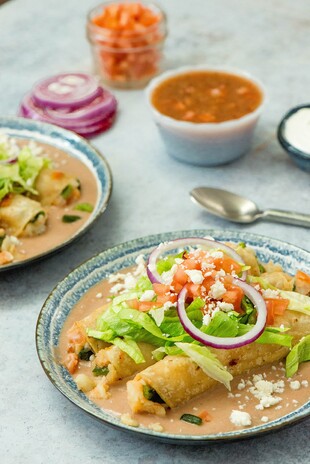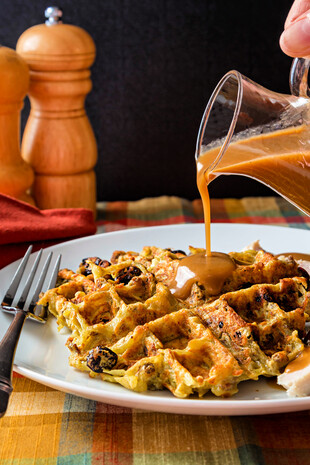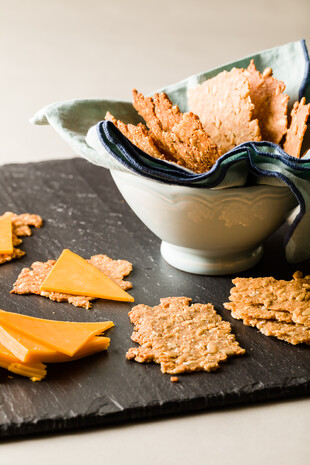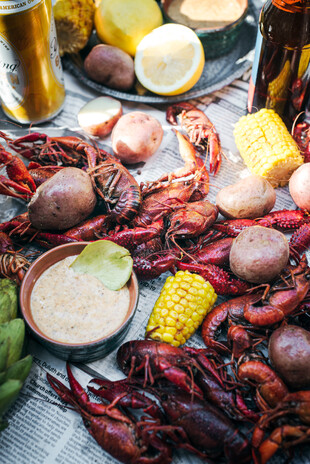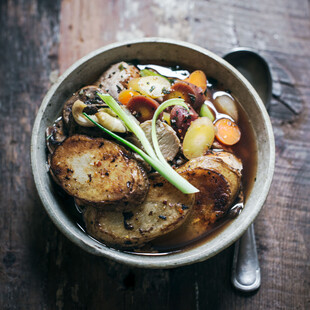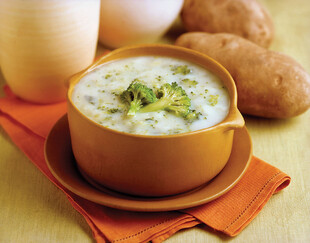Diet Identifier
It wasn’t too long ago when Iow-carb diets were the rage and Idaho potatoes were excluded from many diets. Folks didn’t realize how nutrient-dense a potato actually is. One 5.2-ounce spud has just 110 calories and zero fat, cholesterol and sodium. It’s loaded with important vitamins and minerals like potassium, vitamin C, fiber and vitamin B and it’s naturally gluten-free.
Today, after years of hard work and education, we’re proud to say that Idaho potatoes are back on the menu and recommended by many popular diets including the samplings listed below. Plus, you can find more recipes by using our recipe search tool and type in your diet type.
Whole 30
Introduced in 2009, Whole 30 is a 30-day reset and elimination diet that encourages consumption of meat, seafood, and eggs; vegetables and fruit; natural fats; and herbs, spices, and seasonings. Dieters should eat foods with a simple or recognizable list of ingredients, or no ingredients at all because they’re whole and unprocessed. Other allowed foods include ghee, fruit juice sweeteners, peas, vinegar, coconut aminos and salt. Prohibited foods include sugar and sweeteners, alcohol, grains, legumes (including peanuts and soy), dairy and baked goods.
Mediterranean Diet
Inspired by the eating habits of Italians and Greeks in the 1960s, the Mediterranean Diet is associated with lower risk of heart disease, a leading cause of mortality.
This diet always ranks high because of its health benefits and the variety of food that is recommended including: olive oil, legumes, unrefined cereals, fruits and vegetables, fish; moderate amounts of dairy and wine; and small amounts of red meat.
Vegetarian Diet
This plant-based diet allows dairy and eggs. Recommended foods include: Fruits and vegetables, grains, nuts, legumes, plant-based fats and oils, dairy, eggs.
Prohibited: Meat, poultry, fish
Vegan
A vegan diet is 100% plant-based and includes fruits and vegetables, grains, nuts, legumes, plant-based oils. Meat, poultry, fish, eggs, dairy and honey are not allowed.
Dash
Dietary Approach to Stop Hypertension (DASH) was created by the National Heart, Lung and Blood Institute (NHLBI) to help control and prevent high blood pressure.
Foods allowed on this diet that is recommended by many health professionals include: Fruits, vegetables, whole grains, low-fat dairy, lean meat, fish, poultry, nuts, beans.
Prohibited food include: Red meat, sugar-sweetened products, added fats/saturated fats, high salt/sodium.
Low-Sodium
A reduced sodium diet helps manage blood pressure. The low sodium threshold is <140mg/serving.
Foods to steer clear of include: Salt, salty condiments and p
Flexitarian
This mostly vegetarian diet recommends a plant-based diet most of the time. However, it’s ok, and encouraged to eat beef, chicken, fish or any animal by-product when your body craves it.
Gluten-Free
Gluten is a protein found in many foods including wheat, rye and barley. For many people, gluten consumption creates a variety of adverse health effects. Gluten is an ingredient found in many packaged foods like breads, cereals, sauces and beverage. To avoid gluten, read food labels carefully and chose unprocessed single-ingredient foods.
Dairy-Free
Dairy-free is a diet that avoids lactose. Lactose is found in foods like milk, cheese, ice cream and milk byproducts including whey, butter and nougat. Dairy-free dieters can find dairy-free alternatives at their supermarket; fruits, vegetables, and animal protein are lactose-free.
American Heart Association
The American Heart Association recommends eating a variety of fruits and vegetables; whole grains; low-fat dairy products; skinless poultry and fish; nuts and legumes and non-tropical vegetable oils. They recommend limiting saturated fat, sodium, red meat, sweets and sugar-sweetened beverages.
